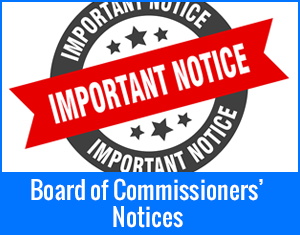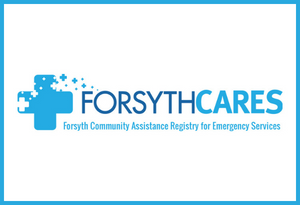- By Lorelei Elkins
- Posted Tuesday, June 8, 2010
Stronger National Air Quality Standard for Sulfur Dioxide
On June 2nd the EPA issued a new health standard for sulfur dioxide (SO2). This new one-hour standard will protect us from short-term exposure to SO2, which can aggravate asthma and other respiratory difficulties. Some populations such as people with asthma, children and the elderly are especially vulnerable to the effects of SO2.
Sulfur dioxide is emitted primarily from power plants, industrial facilities and as a result of combustion with fuels containing sulfur. EPA set the one-hour SO2 health standard at 75 parts per billion (ppb). This level is designed to protect against short-term exposures ranging from five minutes to 24 hours.
In addition to the new health standard, the EPA is changing the monitoring requirements for SO2 by requiring monitors be placed where SO2 emissions impact populated areas. Any new monitors required by this rule must be operational by January 1, 2013. EPA will use modeling as well as monitoring to determine compliance with the new standard.
Forsyth County Environmental Affairs Department currently has one SO2 monitor located at our Hattie Avenue air quality monitoring station. “We are still reviewing the 311 page document to better understand what the siting criteria will be for the new rule.” said Pat Reagan, Manager of the Mobile Source & Monitoring Division at the Environmental Affairs Department. “If the monitor’s current location is not adequate, we have the staff and resources to move it quickly.”
The final rule also changes the Air Quality Index to reflect the revised SO2 standard. This will help us in our ability to alert the public through the Environmental Affairs’ Air Quality Forecast when SO2 levels may affect health.
The benefits associated with this rule include saving up to $33 billion annually across the nation by preventing 2,300 to 5,900 premature deaths and 54,000 asthma attacks a year. EPA expects to identify or designate areas not meeting the new standard by June 2012. Counties in the Triad Region are expected to meet the standard.
Currently the rule only addresses the SO2 primary standards, which are designed to protect public health. EPA will address the secondary standard – designed to protect the public welfare, including the environment – as part of a separate review to be completed in 2012.










